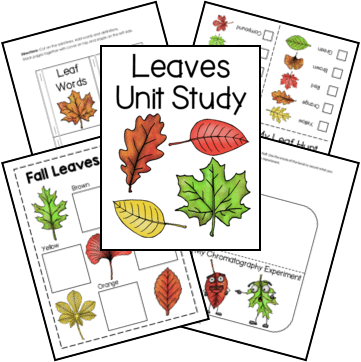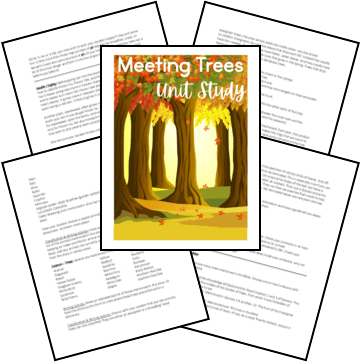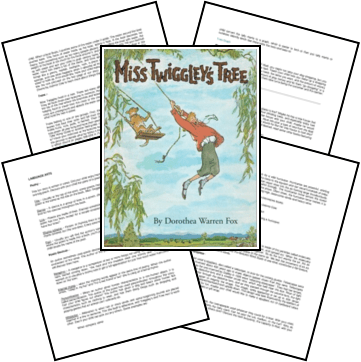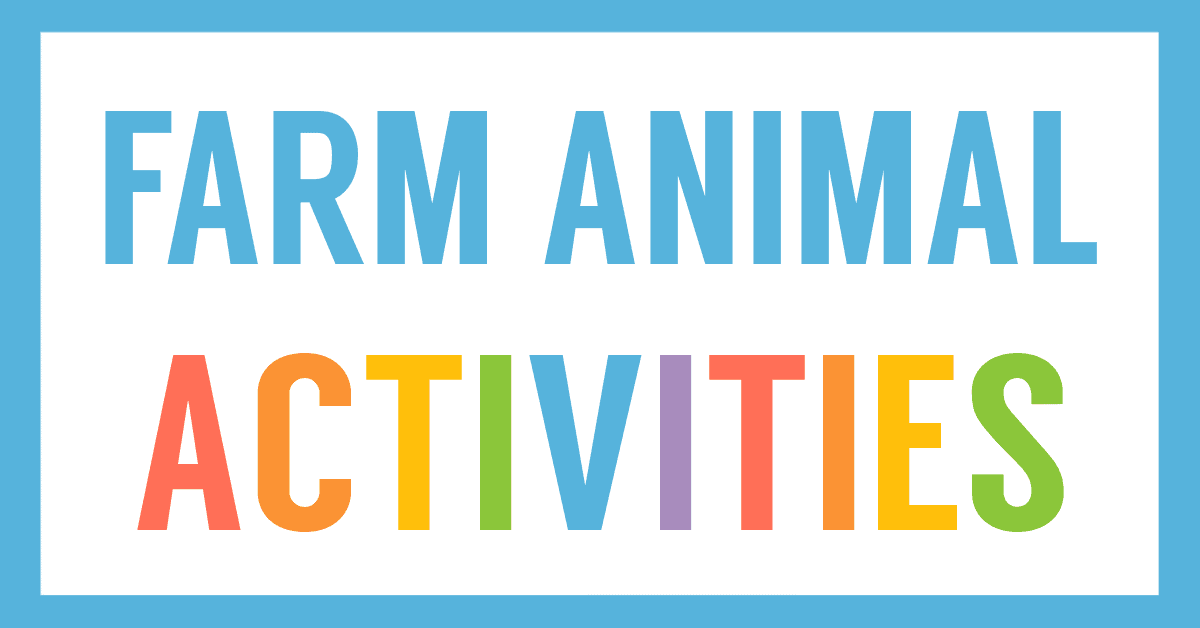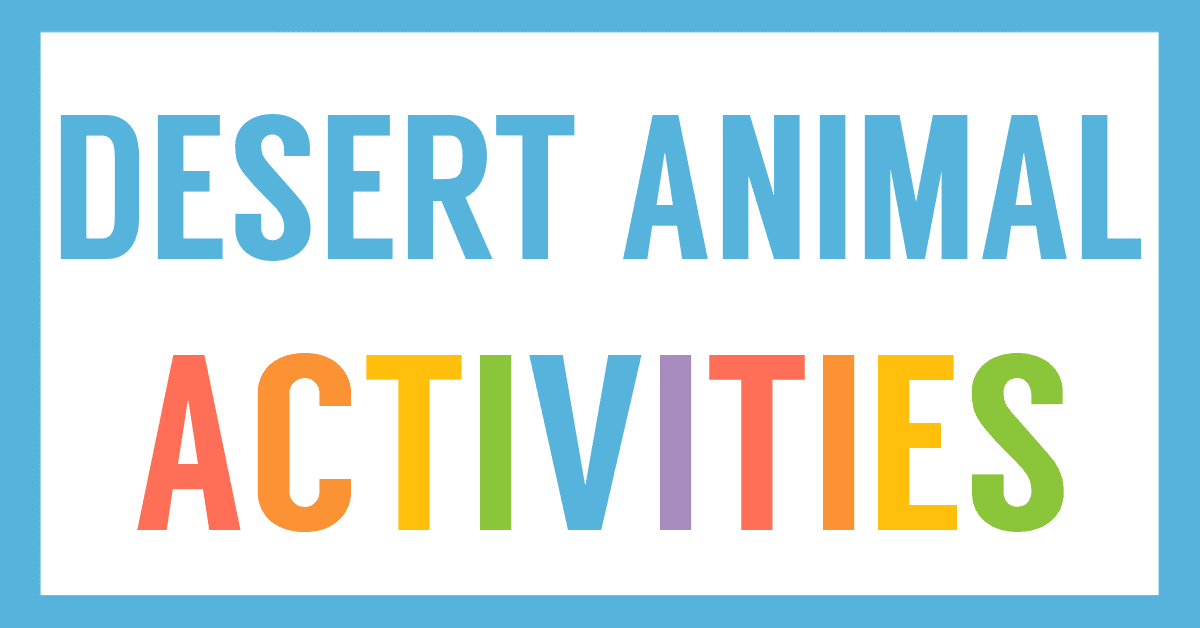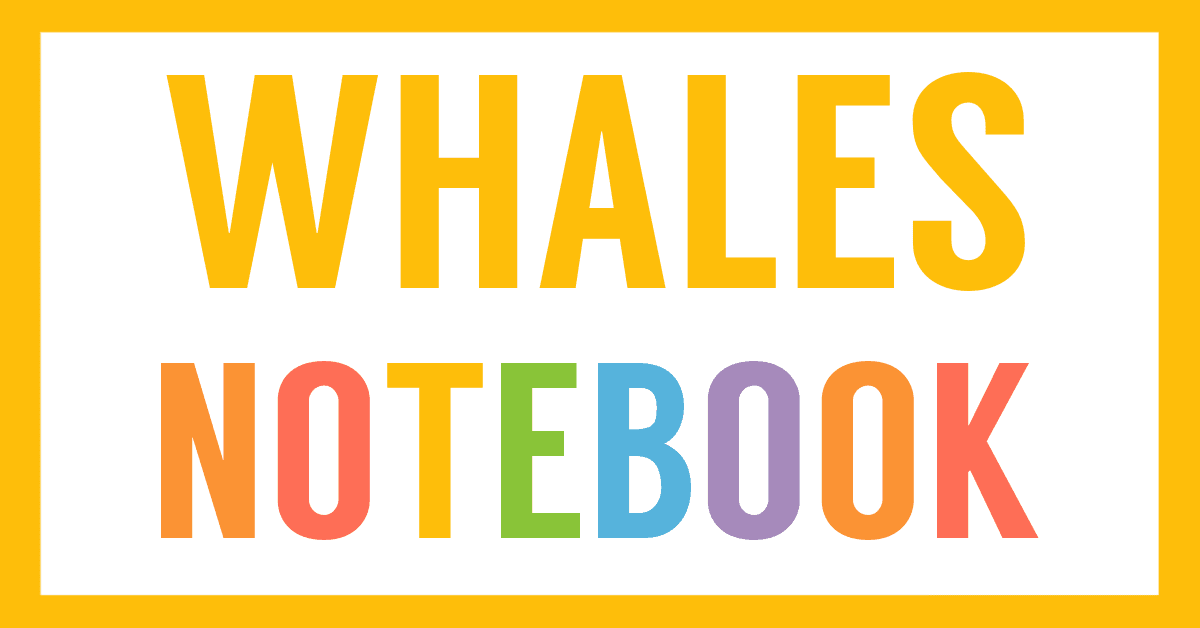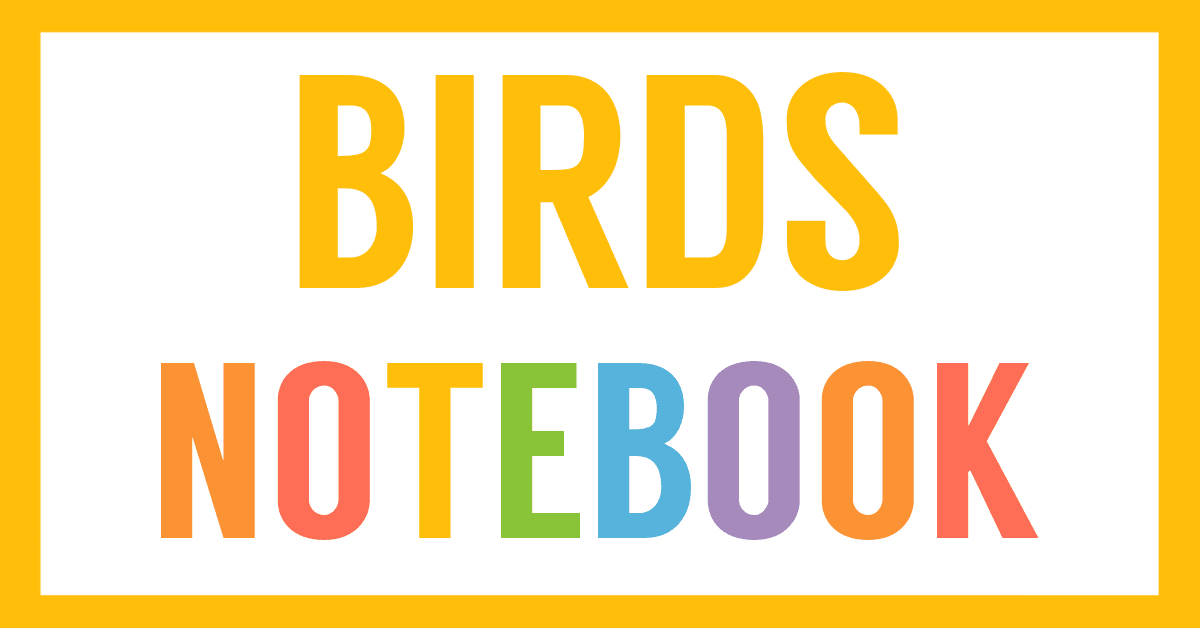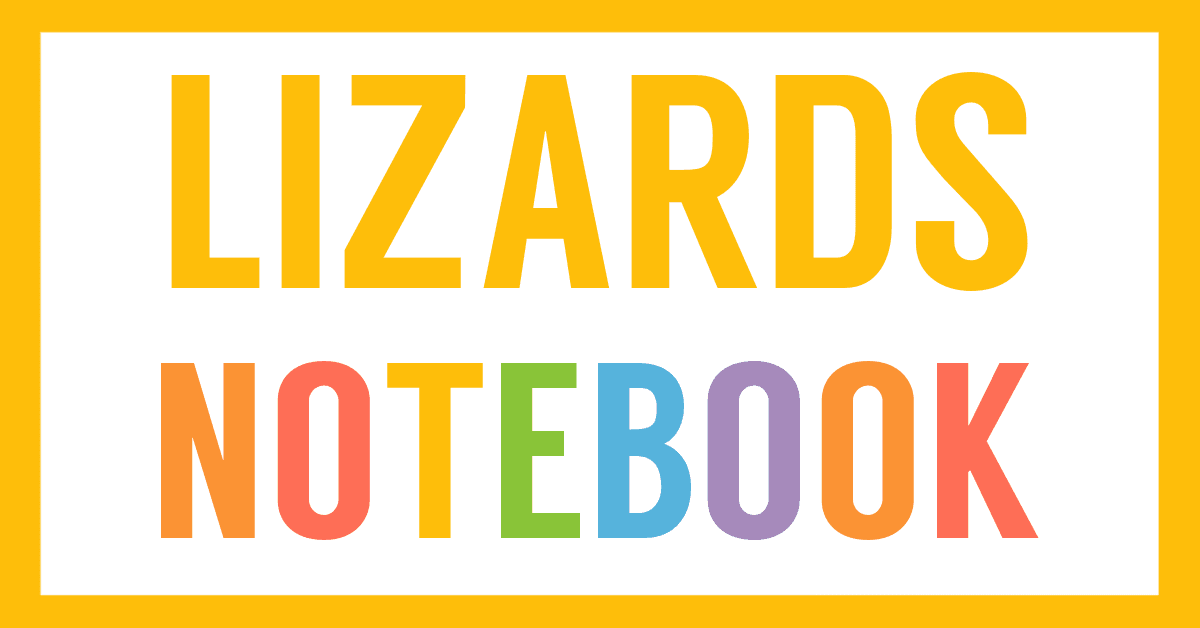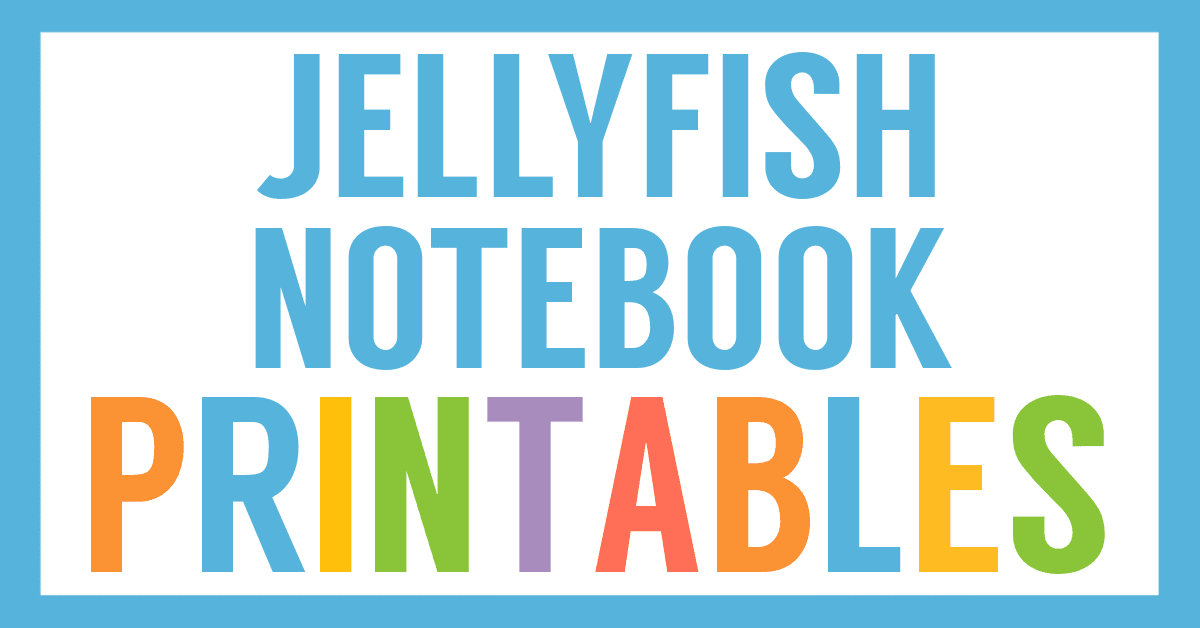Affiliate Disclaimer
We sometimes use affiliate links in our content. This won’t cost you anything, but it helps us to keep the site running. Thanks for your support.
Trees are a fantastic topic for nature study ANY time of year. Grab your kids, head to the great outdoors, and learn all about trees with our free Tree Unit Study & Lapbook.
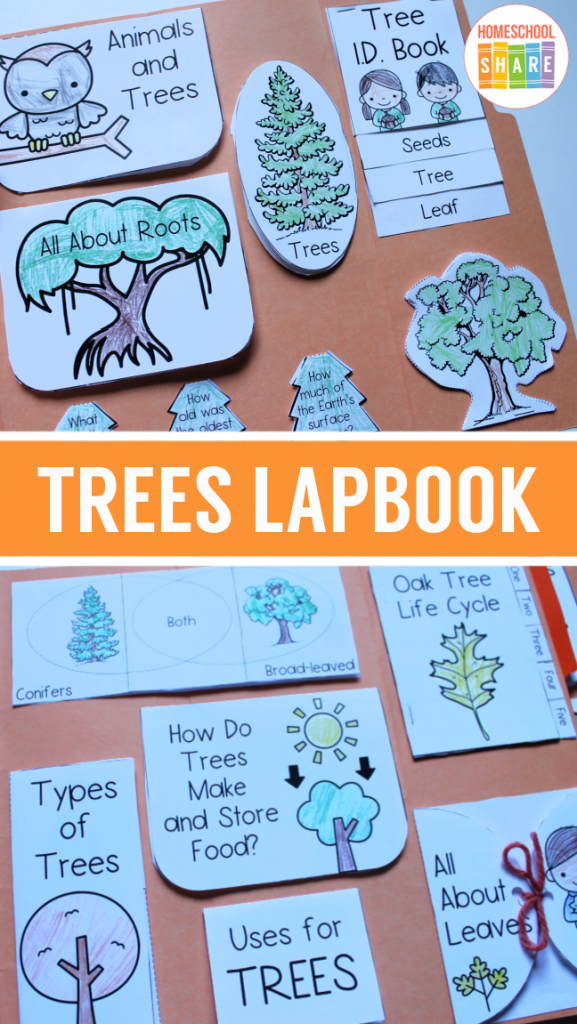
Thanks to Lynn Pitts for writing the lessons for this Trees unit study.
Tree Unit Study Lessons
Here are a few of the sample science lessons from the Trees Unit Study.
Types of Trees
There are two main kinds of trees: broad-leaved tree and conifer tree.
Broad-leaved trees have thin and flat leaves. They are shaped like globes or eggs. Where winters are cold, most of these types of trees will lose their leaves. In the fall, the leaves turn yellow, gold, red, orange, and brown. Some examples of broad-leaved trees are Maple, Oak, Birch, Apple and Cherry.
Conifer trees have needles instead of leaves. Some have triangle shapes that help snow to slide off the branches. They also have cones and most are evergreens. An evergreen stays green all year. Some conifer trees are Fir, Cedar, Spruce and Pine.
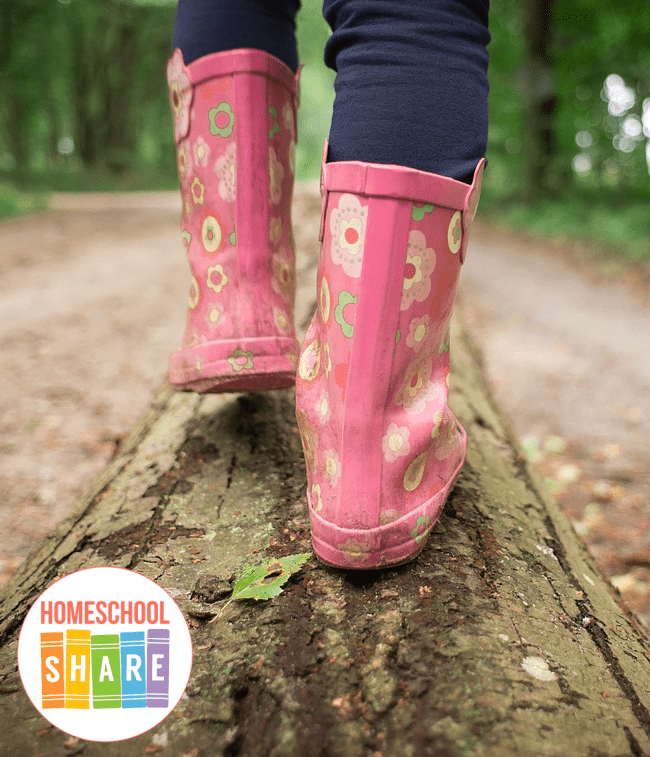
Identifying Trees
You can identify a tree by looking at the shapes of its leaves. The leaves of a broad-leaved tree can be divided into two types: simple and compound.
Compound leaves include some of the biggest leaves. They can measure three feet from stalk to tip, so bit that at first sight they look like collections of separate leaves attached to one stalk. A closer look shows that this is not so. Compound leaves each grow from a single bud, and when autumn comes many of them fall off in one piece, each leaving a large leaf scar where they were attached to the tree.
Some Simple leaves are smooth-edged, some are rough-edged. Some are very big and broad while others are small and thin. They are a single leaf growing on one stalk.
Needles and scales of Conifers are quite unlike the leaves of broad-leaved trees. They have parallel veins and a hard or leathery surface. They remain on the tree year round.
How Trees Make and Store Food
Like other plants, trees spend the summer making food. All trees need water, air and sunshine. The roots soak up nutrients and water from the ground. The green parts soak up sunlight and air. Tree leaves, like all green leaves, make their own food. They make a kind of sugar from water and air. The heat of the sun does the work. The food a tree makes is called sap. Sap is stored in the trunk over the winter. It used this stored sap to grow new leaves in the Spring. Some of the food is also there to help the tree grow. Every year a little is added to the ends of the twigs and branches.
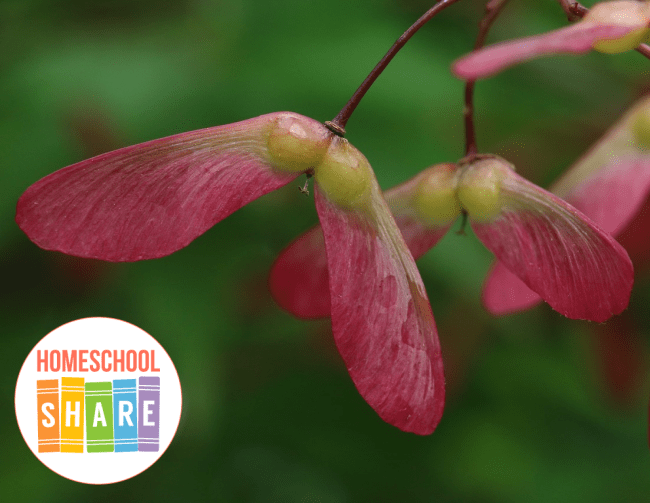
Seeds
All trees begin as seeds. They come in different shapes and sizes. A seed sprouts when a small root begins to grow. As it absorbs water and minerals, a tiny stem with just two small leaves begins to grow above the soil. A young tree is called a seedling. Seedlings grow tall and spread wide. As the stem becomes hard enough it is called wood. Small branches begin to appear as buds that turn into tiny leaves. The hard, woody stem is now called a tree trunk. Being tall helps the tree reach the sunlight it needs to make food. After three years, the seedling becomes a sapling.
To access all of the lessons and lapbook printables in this trees unit study, subscribe to Homeschool Share’s email list using the form in this post.
Trees Lapbook Printables
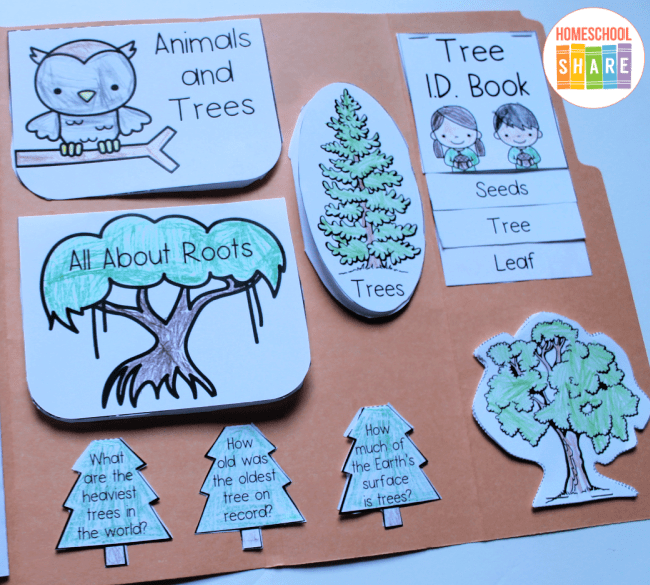
In addition to the lessons about trees, this file includes these mini-books for your student to create a Trees Lapbook (or notebook):
- Tree Vocabulary Mini-book
- Comparing Conifers vs. Broad-leaved Trees Venn Diagram Flap Book
- Types of Trees Flap Book
- Tree I.D. Layer Book
- Photosynthesis Simple Fold Book
- Seeds Interlock Book
- Parts of a Trunk Shutterflap Book
- All About Roots Simple Fold Book
- All About Leaves Shuttertied Book
- Uses for Trees T-book
- Oak Tree Life Cycle Tab Book
- Tree Facts Shape Books
- My State Tree Petal Book
- Animals and Trees Simple Fold Book
- Blank Books (use as desired to add to your study of trees)
Unit Study Resources
Grab some of these books and other resources to help your student learn all about trees.
- Trees of North America Field Guide
- The Tree Book for Kids and Their Grown-Ups by Gina Ingoglia
- Trees, Leaves, Flowers, and Seeds by DK
- Trees, Leaves, and Bark by Diane Burns
- Ultimate Explorer Field Guide: Trees by Patricia Daniels
How to Get Started with Your Tree Unit Study & Lapbook
Follow these simple instructions to get started with the Trees Unit Study.
- Check out books and field guides about trees and leaves from your local library.
- Print the Tree unit study.
- Choose the lessons you want to use with your student (a highlighter works great for this).
- Choose and prepare the lapbook printables you want to use with your student.
- Enjoy a week of learning all about trees!
Trees Lapbook Sample
This lapbook sample was made with two file folders. For additional lapbook instruction, read How to Make a Lapbook.
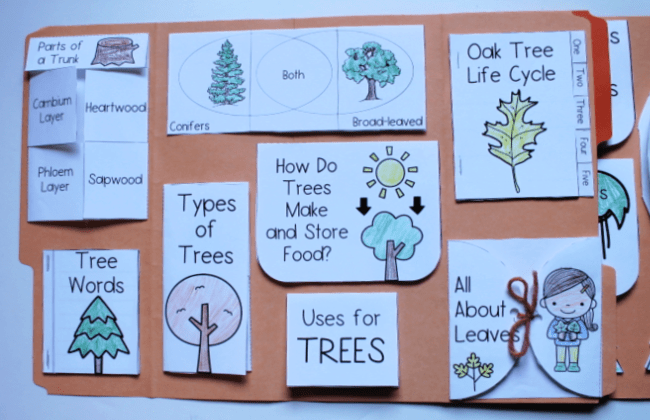
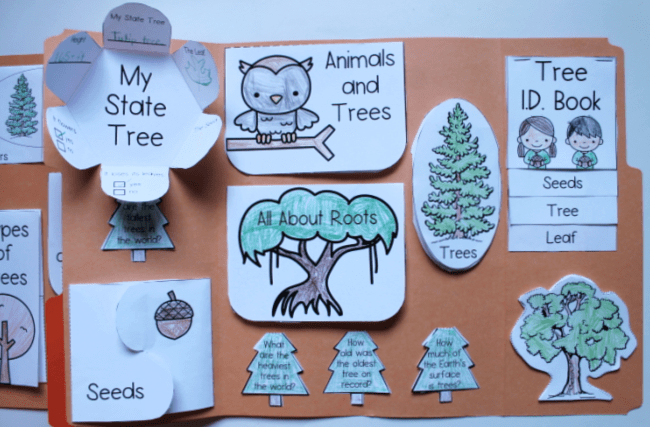
Get Your Free Trees Unit Study & Lapbook
Subscribe to the newsletter using the form below. After you confirm your email, the unit study and lapbook printables will be delivered to your inbox. If you are already subscribed, simply enter your email address again.
More Tree Lessons, Activities, and Printables
Spend more time learning about trees with these lessons, activities, and printables.

